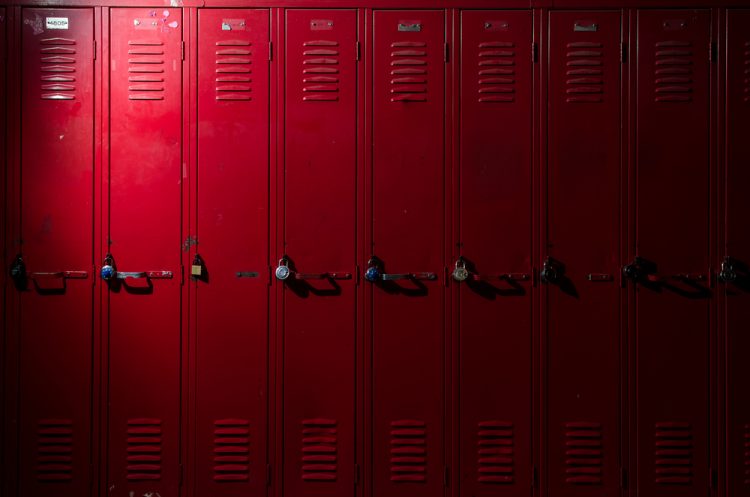A Mom’s Perspective: Responsible Winter Driving
Guest blog contributor: Dawn Nieves, blogger and mother of two

Living in New Jersey my entire life, I’ve have had plenty of experience driving in less than stellar road conditions. It’s just part of life in living in the Northeast. Although I’m pretty used to driving in inclement weather, it’s something you never really get used to. Winter weather can be unpredictable. One day the weather is just a cold New Jersey day and the next we’re in the middle of a major winter storm.
Even with all the experience I’ve had, it’s still not something I enjoy. I’ll never forget the first time my car slid on icy roads. It was such a scary experience that taught me to exercise extreme caution driving during the winter months. Driving in unfavorable conditions is inevitable (for most people), so both my family and myself practice responsible driving rules to ensure we make it to our destination safely.
Once it’s time to hit the road, I like to follow these tips:
KEEP THE CAR CLEAR OF SNOW
Make sure to brush the snow and/or ice off the roof of your vehicle, off your mirrors and headlight and tail lights.
TELL SOMEONE WHEN YOU ARE LEAVING
Whenever I have to be out on the roads in bad weather, I make sure to let my husband know exactly where I’m going, when I’m leaving and when I should be back. This way, if I’m taking longer than expected he knows it’s time to check in on me using the Life360 app and if my movement seems unusual, he has my location and can head out to look for me. I also personally love to receive the location notifications during the winter months so I know when my husband has made it to his destination ok.
It’s only a matter of time before my oldest will be out on the roads and having this app gives me such piece of mind knowing I’ll be able to stay connected with him when he’s out on the road without distracting him with texts or phone calls.
Even with all the best preparations accidents can still happen and that’s why I chose to upgrade to Life360’s Driver Protect plan. It gives me added piece of mind that if we were involved in an accident my family and I have an extra layer of protection with features like roadside assistance, automatic crash detection* and response. The Life360 app can automatically detect when an accident occurs* and then will then call the person involved. If assistance is needed, emergency services are dispatched all while someone stays on the phone with the driver. Emergency contacts and Circle members are also contacted so everyone knows what is going on.
SLOW DOWN
This may seem like a no-brainer but it’s something that needs a reminder. Sometimes we’re in a rush or running late or we just want to get off the roads and out of the storm. It’s important to remember that in times like this, it’s a good idea that you slow your speeds by at least half when driving conditions are bad.
WATCH FOR BLACK ICE
Just because the temperatures aren’t below freezing doesn’t mean there won’t be any black ice. It’s pretty hard to detect black ice, but I was always taught to look for “pavement” areas that may seem a little darker or duller. This could be a sign of black ice. Also keep an eye on the cars around and in front of you that look like they are struggling or slipping. This could signal black ice. If you do find yourself on an icy surface remember, to stay calm and take your foot OFF the gas pedal, keep the steering wheel straight and, most importantly, DO NOT slam on the brakes. You want to do as little as possible and just let the car pas over the ice.
DON’T GET DISTRACTED
Concentrating on the road and driving is the most important thing you can do. Don’t worry about changing the radio station, answering your cell phone or anything else. There will be time for all of that later.
*Crash detection is enabled when: the vehicle is moving at a sustained speed of at least 25 mph for at least 30 seconds before the collision; the vehicle has come to a complete stop after the collision; user’s phone has more than 20% battery life and not be in power saving mode; the phone’s WiFi settings are turned on; and you are in an area with strong cell phone reception (e.g. crash detection does not work in a tunnel). If you’re on a CDMA carrier (including Verizon, Sprint, and US Cellular), cell data doesn’t always work if you are on a phone call. If you’re on a phone call at the time of a car crash, we might not be able to detect it. Even if all the criteria mentioned are met, Life360 may not detect all major collisions due to network outages, algorithm error, availability of GPS location data, sensor error on the mobile device, and crash location outside of a wireless service coverage area among others.



